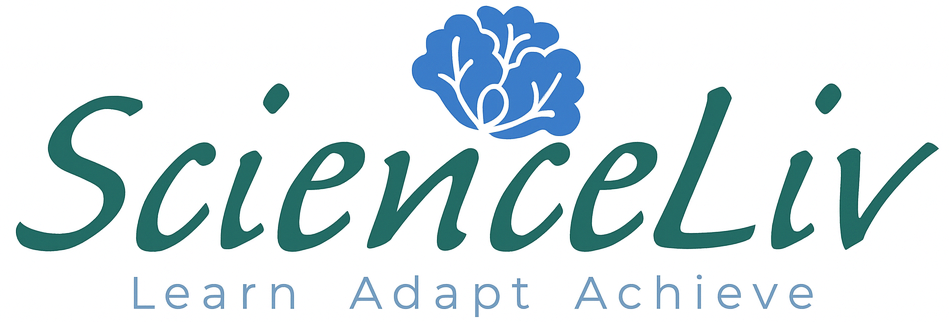Top 10 E-Learning Trends Transforming Education in 2025
Introduction
Education is no longer confined to physical classrooms. As we step into 2025, e-learning and Learning Management Systems (LMS) continue to redefine how knowledge is delivered and consumed. From AI tutors to microlearning modules, let’s explore the top 10 trends transforming education in this digital age.
1. AI-Powered Personalized Learning
Artificial Intelligence is enhancing LMS platforms by offering personalized course recommendations, automated grading, and adaptive learning paths. AI tracks learner behavior and tailors content accordingly, making education more effective and engaging.
🧠 Example: AI tools like chatbots assist learners 24/7, helping with doubts, progress tracking, and feedback.
2. Microlearning for Busy Learners
Today’s learners prefer bite-sized content over long lectures. Microlearning modules, usually under 10 minutes, help users grasp specific topics quickly—perfect for on-the-go learning or revision.
📱 Popular format: Short videos, quizzes, flashcards integrated into LMS dashboards.
3. Gamification & Interactive Learning
Gamified elements like points, leaderboards, and badges are making e-learning platforms more fun and motivating. LMS systems are leveraging these techniques to drive user participation and course completion rates.
🏆 Tip: Incorporate rewards after every module to boost learner retention.
4. Mobile-First Learning Experience
With smartphones dominating screen time, LMS systems are now being designed with a mobile-first approach. Learners can access lessons, quizzes, and forums anytime, anywhere.
📈 Insight: Over 70% of LMS users in 2025 prefer mobile over desktop access.
5. Virtual Reality (VR) & Augmented Reality (AR)
Immersive learning through VR and AR is transforming subjects like medicine, architecture, and engineering. LMS platforms are integrating these technologies for simulated real-world training.
🥽 Example: A VR anatomy class allows students to explore 3D organs interactively.
6. AI-Driven Assessments & Feedback
Assessment systems powered by AI offer instant, objective evaluations and suggest areas for improvement. This makes learning faster and more data-driven.
📊 LMS platforms now generate progress reports that highlight strengths and weaknesses in real time.
7. Social Learning & Peer Collaboration
2025 LMS platforms encourage discussion boards, group projects, and peer feedback to simulate a collaborative classroom environment. Learning becomes more holistic with input from fellow students.
🤝 Platforms like Moodle and Canvas include peer-review tools natively.
8. Voice Search & Voice-Activated Learning
Voice-based navigation is the next frontier. Learners can now search for topics or take quizzes by simply speaking into their devices, making learning more accessible.
🎤 Integration: LMS apps now support voice assistants like Siri, Alexa, and Google Assistant.
9. Lifelong Learning & Skill-Based Certifications
Today’s professionals are using LMS platforms to upskill continuously. Platforms offer certified programs aligned with industry needs, making them attractive for career growth.
🏅 Insight: In 2025, skill-based certifications are often more valued than traditional degrees in hiring.
10. Data Analytics for Educators
Instructors now have access to advanced analytics dashboards showing engagement, completion rates, and performance. This helps in refining course design and improving learner outcomes.
📈 Result: Educators can act on real-time insights to improve course delivery and learner engagement.
Conclusion
As we embrace 2025, these trends are not just optional features—they’re essential components of a modern, effective LMS. Institutions and educators that adapt to these changes will thrive in the evolving digital education landscape.
🚀 Want to bring these trends to life? Explore our LMS platform and stay ahead in the learning revolution.

